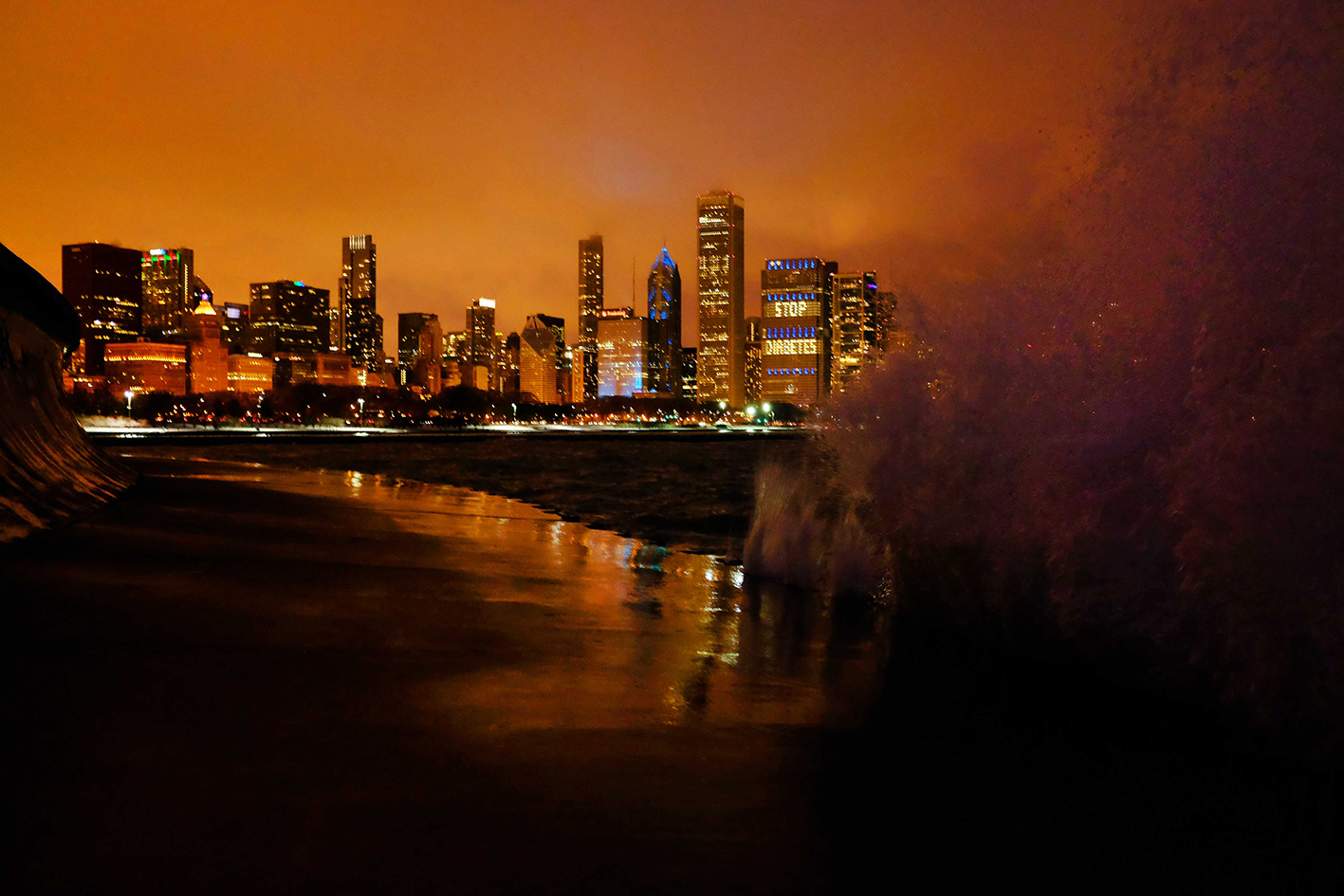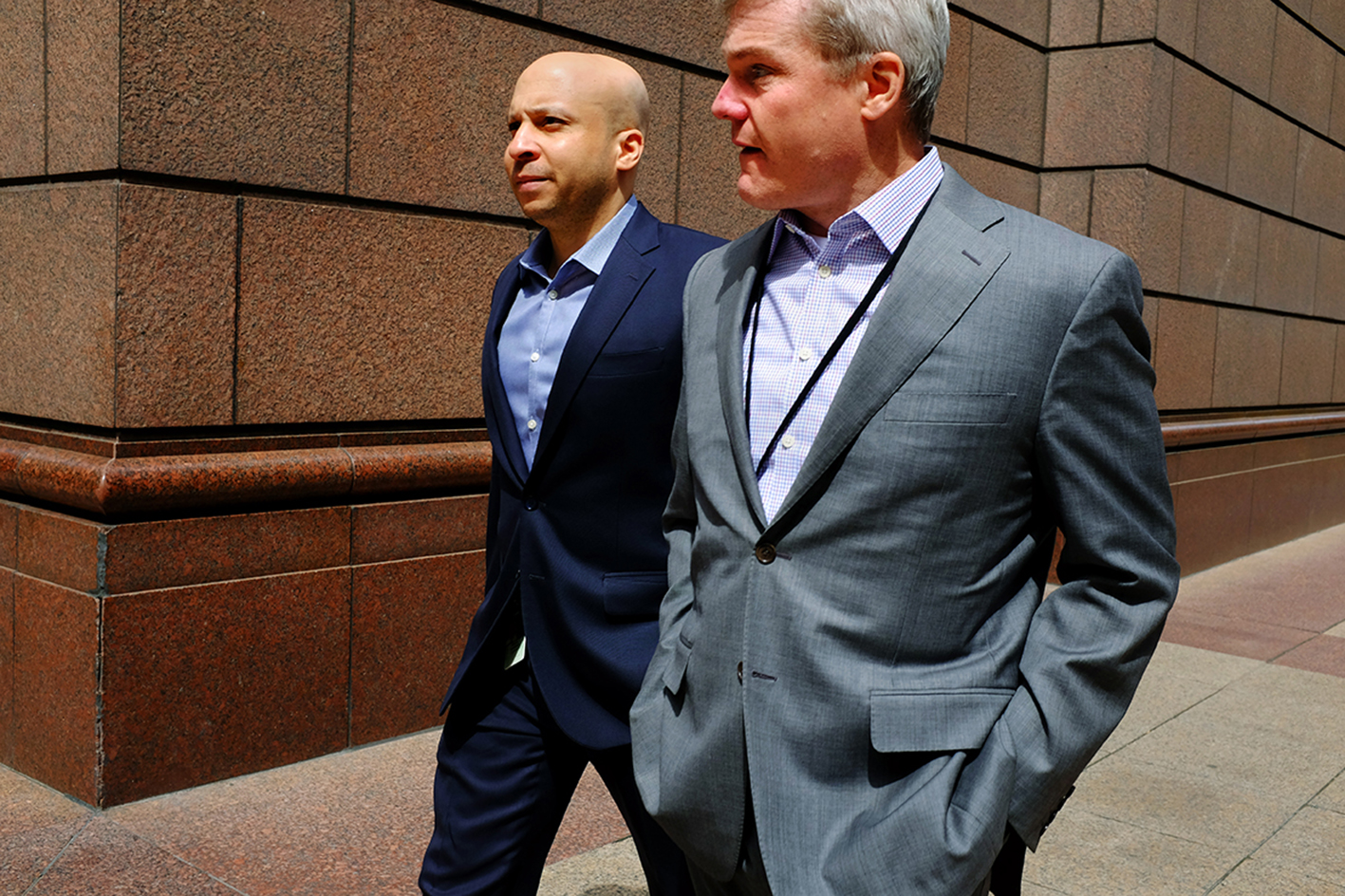Seconded By: Susi Belianska,
Chicago, A Tale of Two Cities.
It is the nature of every true work of art to draw us out of our own world and into its reality. This happens because the world created by the artwork is of course our world, no other, so what the artwork adds to the familiar is the shock of the unfamiliar. A photograph of the shoreline of Lake Michigan as it stretches north from the Hyde Park neighborhood toward the skyscraping giants of the Loop is familiar, except that through the power of the artist this familiar sight becomes somehow strange and new.
Every great work of art shows us our own familiar world but demands that we stop and really see what we are always looking at. Confronted with the sudden strangeness of what is familiar to us, we are suddenly forced to make sense of it all, not just to look but to see, not just to see but to wonder. Seeing anew in this way can even lead to questioning, to criticizing our familiar world that the photograph has rendered somehow unfamiliar. The word for this sudden seeing into the meaning of what is familiar is revelation.
The photographs collected here document the reality that is contemporary Chicago. As no public investigation, no work of journalism could hope to match, Jerome De Perlinghi’s Chicago photos capture the constantly changing, mutating reality of the living organism that is this city. Because his artform is still photography, we might be tempted to complete that thought by adding that his photos capture the city at a given, particular point in time. But in the case of the photographs collected here that would be a mistake. Like every great work of art, the power of these photographs tends to conceal the oeuvre, the work that goes into the work of art. And in the case of Chicago, “the city that works” we owe it to ourselves to pause here for just a moment to appreciate the work in the work of art, the artist at work.
All of the photos in this book were made over a seven-year period between 2011 and 2018 during a time when De Perlinghi was teaching photojournalism and urban photography at both Columbia College where he was an artist in residence and Loyola University.
In De Perlinghi’s Chicago photos the false truth of complete depiction gives way before the truth of artistic genius. The aperture becomes space and the shutter speed is time. Space and time are frozen, then, like the white crest of a wave preserved in the perfect moment before the wave breaks. The shutter opens and the lens gulps an instant of the light, and we are suddenly able to see what we assume wrongly that we see all of the time, except that in the work, the photograph’s representation, time itself withdraws, and in a moment of insight, that wave is frozen forever in the work of art, but you, you are moved.
Thomas Thorpe
Philosopher

The Wedding
On the Side of the Chicago River, a photo session takes place, the Bride looks just wonderful. Chicago, September 2012

Money Flushing
Fidel is making good Business, he did not specify what kind of trade he is in but he is happy to show his money, Roosevelt Road, Chicago, November 2014

Eye Contact
Commuter heading to work and wondering why I take pictures, Downtown Chicago, October 2017

In a Different World
Black just smoked cocaine, the drug is running through his body, he is in different world, he still answers my questions but he is no longer with me, in basement of West Carroll Street, Chicago West Side, September 2017

No More Magnificent
This is the same Michigan Avenue but about 7 miles down the Magnificent Mile, less fancy as the Roseland neighborhood is struggling, Chicago South Side, October 2017






